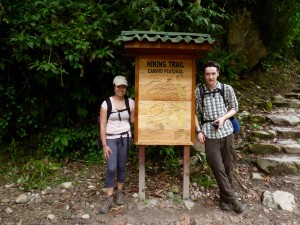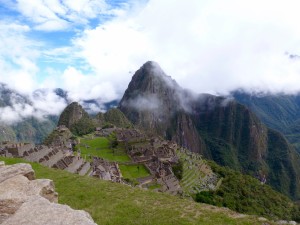About a year ago, my partner and I were in Peru finishing up a four-day trek to Machu Picchu. I had always wanted to travel in South America and I finally had a chance, between graduating and starting a career. We were in Peru for about a month traveling all over, but this post will focus on our trek to Machu Picchu and the wildlife we encountered along the way.
We began in Cusco, the launching pad for the Andean treks and visits to the Sacred Valley. Cusco is at an elevation of ~3000m above sea level, compared to the ~70m in southern Ontario. Going from 70m to 3000m in altitude very quickly can take its toll. I felt tired, nauseous and had a pounding headache. It took us a few days to acclimatize before we set off on our trek.

There are a few different treks that can be done in the area. We chose to do the Salkantay trek, instead of the classic Inca trek, because this route would take us through a diversity of Peruvian landscapes and also ended at Machu Picchu.
Our tour guide, Antony from Andean Expeditions, was very knowledgeable about the local wildlife. He could say something about almost all the plants and animals I asked about. He quickly learned that I love chasing butterflies and that Toby is obsessed with bats.
The first day consisted of a two-hour drive along windy roads before we got to the starting point, which did not sit well with me as I am prone to motion sickness. We started our hike at ~3000m and ascended to ~3800 the first day. The landscape reminded me of the alpine region of the Yukon; not too many trees, lots of low shrubs, but a lot more biodiversity. As we approached the camp, we could see the mighty Salkantay Mountain.
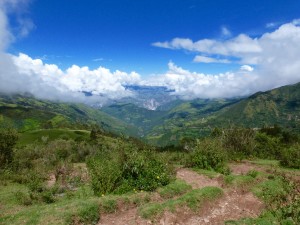

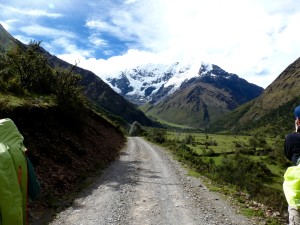
The next day was the hardest; we were hiking to the Salkantay Pass at an altitude of 4630m. It was a more rocky and steep up climb. Switch-backs are very common and I suppose it makes it ‘easier’ to hike uphill, but it is very daunting to look at the road ahead. We spent some time at the pass, learned about the Peruvian culture and made an offering to Pachamama (Mother Earth). Then it was all down hill from there, literally. We descended to 2800m and the landscape quickly changed from a rocky, barren one to a luscious forest.
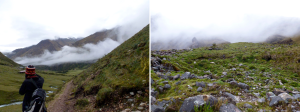
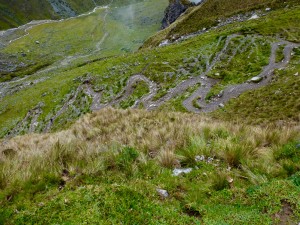
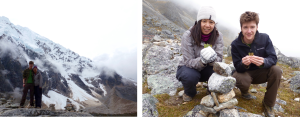

I find it easy to get distracted by my surroundings on hikes and in a place like the clouded forest it was even more difficult to just focus on getting to the campsite. Oh look a butterfly! Was that rustling in the grass a snake? There was so much to see, and yet most people were keen to just get from one campsite to the next. A few times I found butterflies puddling on the ground and I had to get a better look and take pictures, which apparently seemed odd to other hikers.
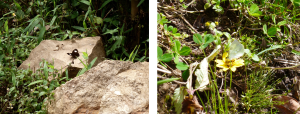
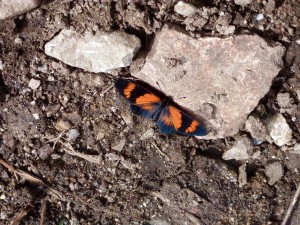
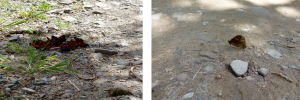
The next day we hiked mostly along a dirt road continuing through the clouded rainforest. We saw lots more butterflies: owl butterflies, Chorinea species with transparent wings, and some that I thought were Heliconius species, or closely related. We also came across an injured hummingbird and a dead snake on the road. That afternoon, once we arrived at the campsite, we visited a hotsprings nearby. The warm soak was much needed after all that hiking.
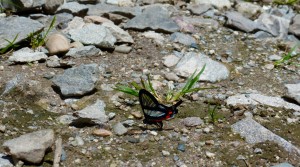
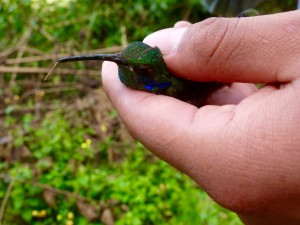
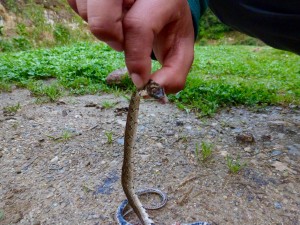
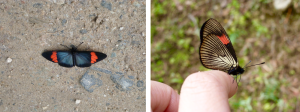
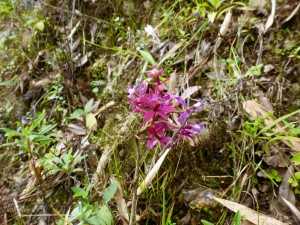
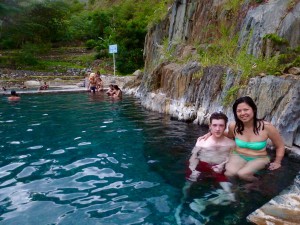
The next day, instead of continuing the hike as planned, we opted to go zip-lining in the morning and get dropped off at a later point to continue the hike. It felt a little bit like cheating by not hiking the planned route, but it was difficult to turn down the opportunity. I had gone zip-lining before, but nothing like this! We did a total of six zip-lines that were ~300m high. On some zip-lines we were allowed to try different positions, for example the ‘Spiderman’ where you hang upside down.
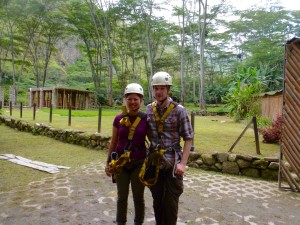
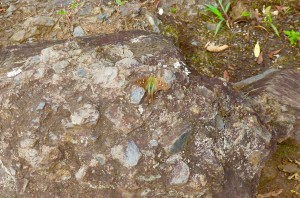
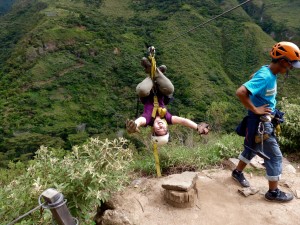
After zip-lining, we continued hiking along a railway to Aguas Clientas, the town just out side of Machu Picchu. Antony suggested we visit a Casa de Mariposa (Butterfly House), a research facility that is learning about the diversity of butterflies in Machu Picchu. A large portion of butterfly species in Machu Picchu is unknown. Here, they rear butterflies just to find out what they are. The enclosure they have has openings so butterflies are free to escape. There were a few recognizable families.
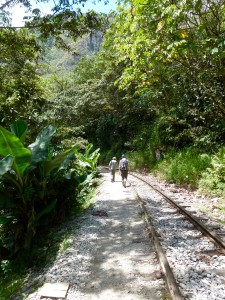
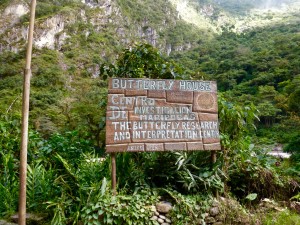
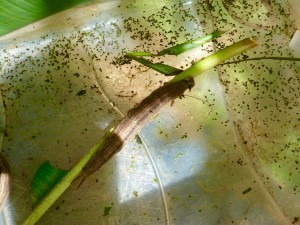
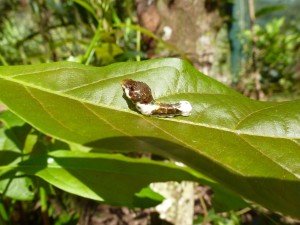
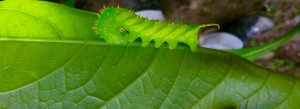
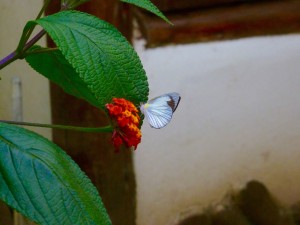
The next morning, we woke up at 4am to hike nearly 2000 stairs in the pouring rain to reach Machu Picchu. It’s a rush to the bridge where they let you cross to begin this hike up. It seemed like a never-ending staircase with uneven stairs and the added pressure of a crowd of people behind you trying to make it to the top first.
We finally made it and after a guided tour, we sadly parted ways with Antony and we were left to explore on our own. The weather began to clear. Machu Picchu is touristy, even in low-season, but for good reason. This place is a gem, unfinished and untouched by the Spanish invasion.
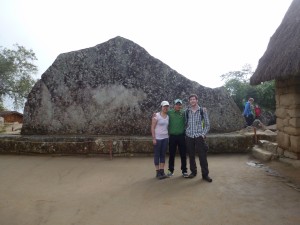
We wondered around for the whole day exploring the different areas. Along the way we found critters everywhere. On one occasion a snake was spotted on the path by another tourist, I was further back and Toby called to me. I got so excited I immediately caught the little snake, while the tourist gasped and was shocked that I would do so. Toby told her that we were biologists and that it isn’t unusual for me to do such a thing.
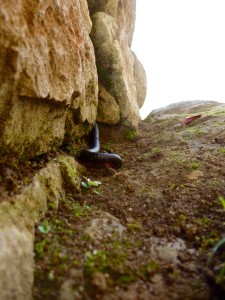
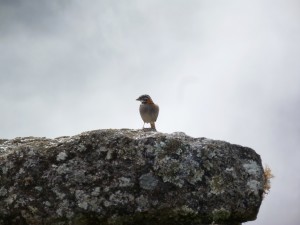
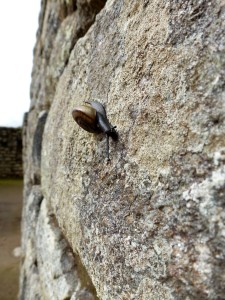

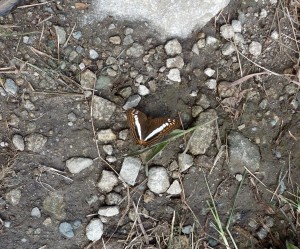

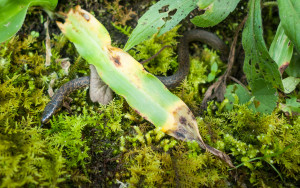
After exploring we hiked back down the near 2000 steps at a more leisurely pace and encouraging those we encountered making the hike up. The trek was challenging, but well worth it. Visiting Machu Picchu is one of the top wonders of the world and on many people’s bucket list, but along with the amazing ruins there’s plenty of wildlife to see.
